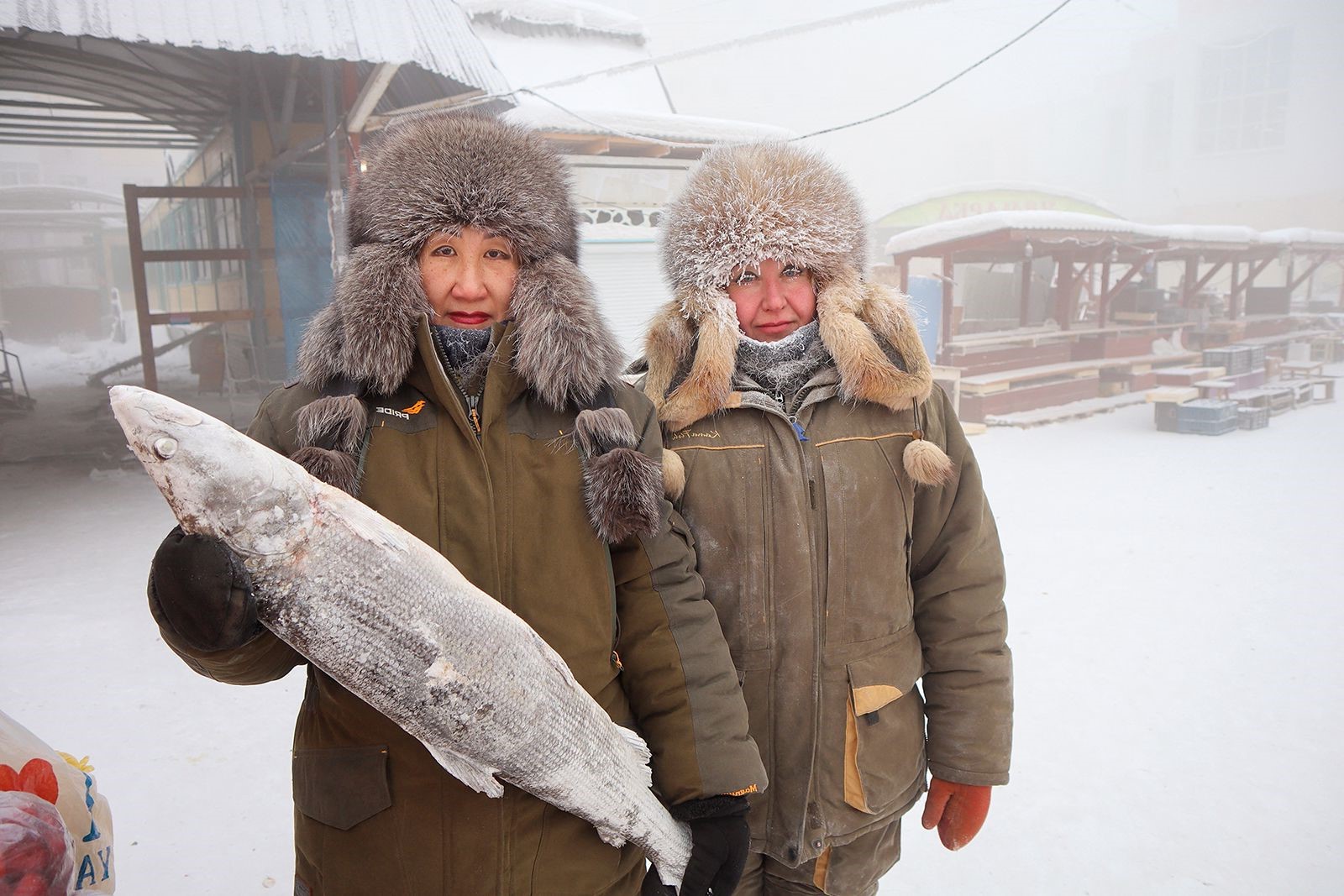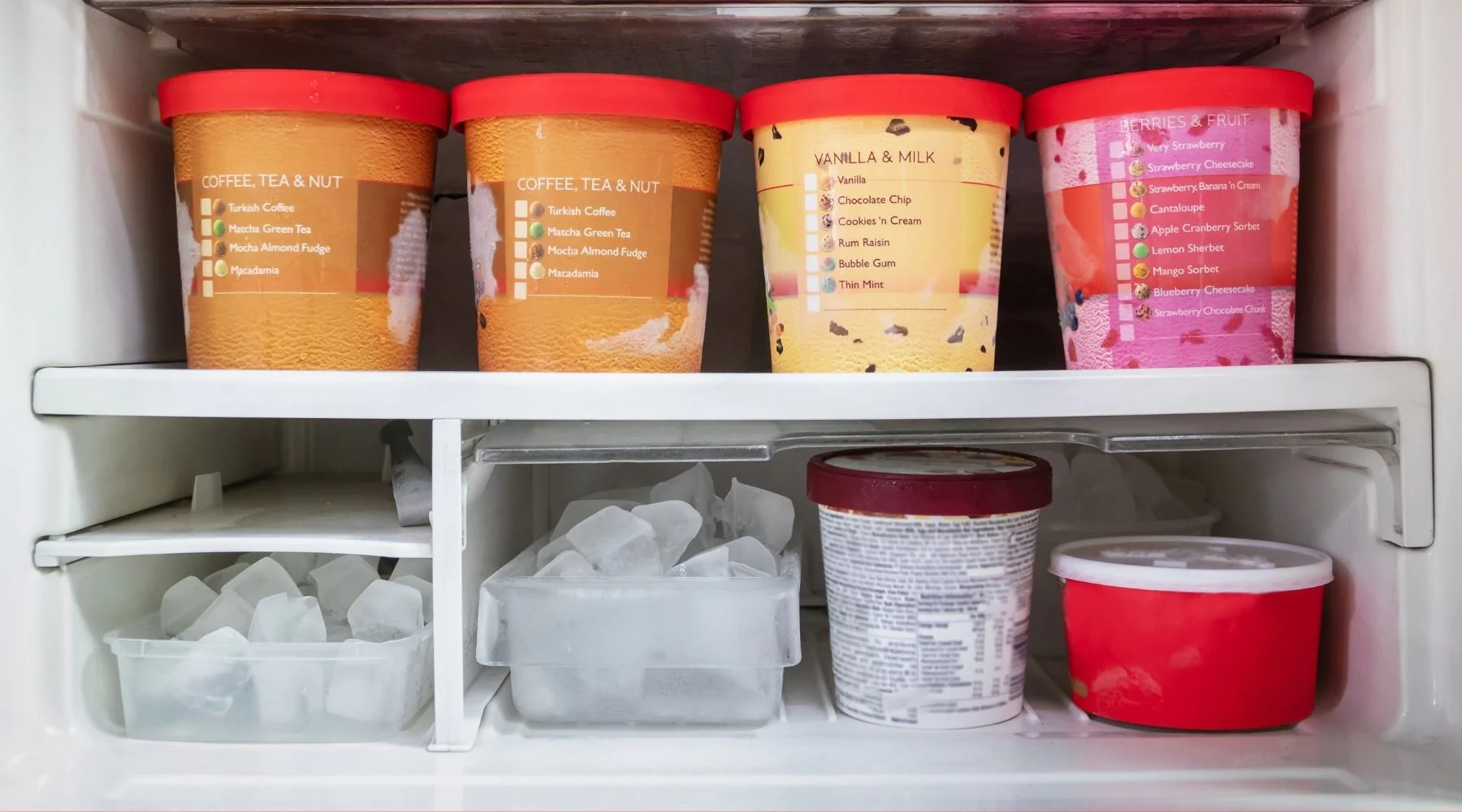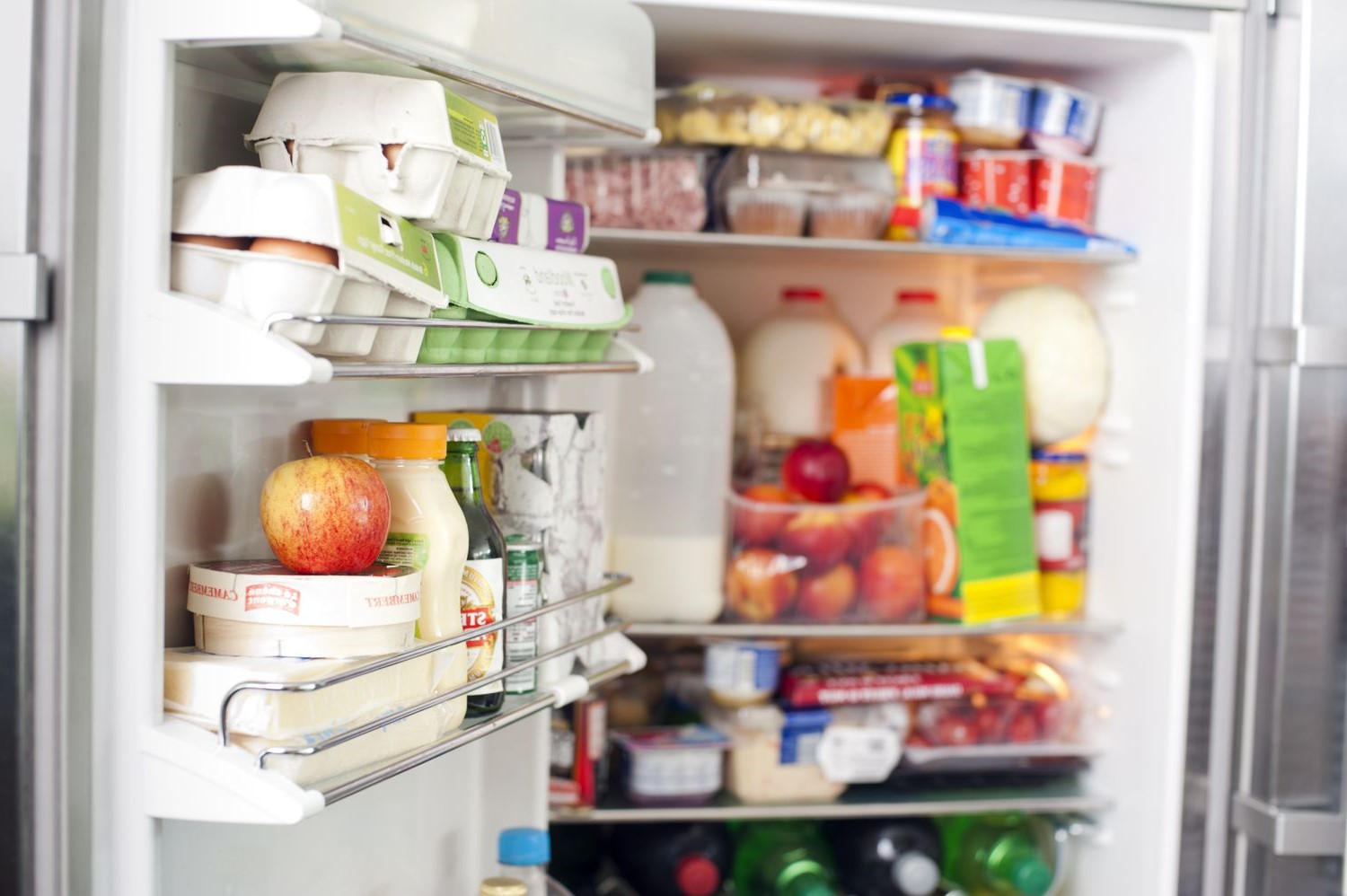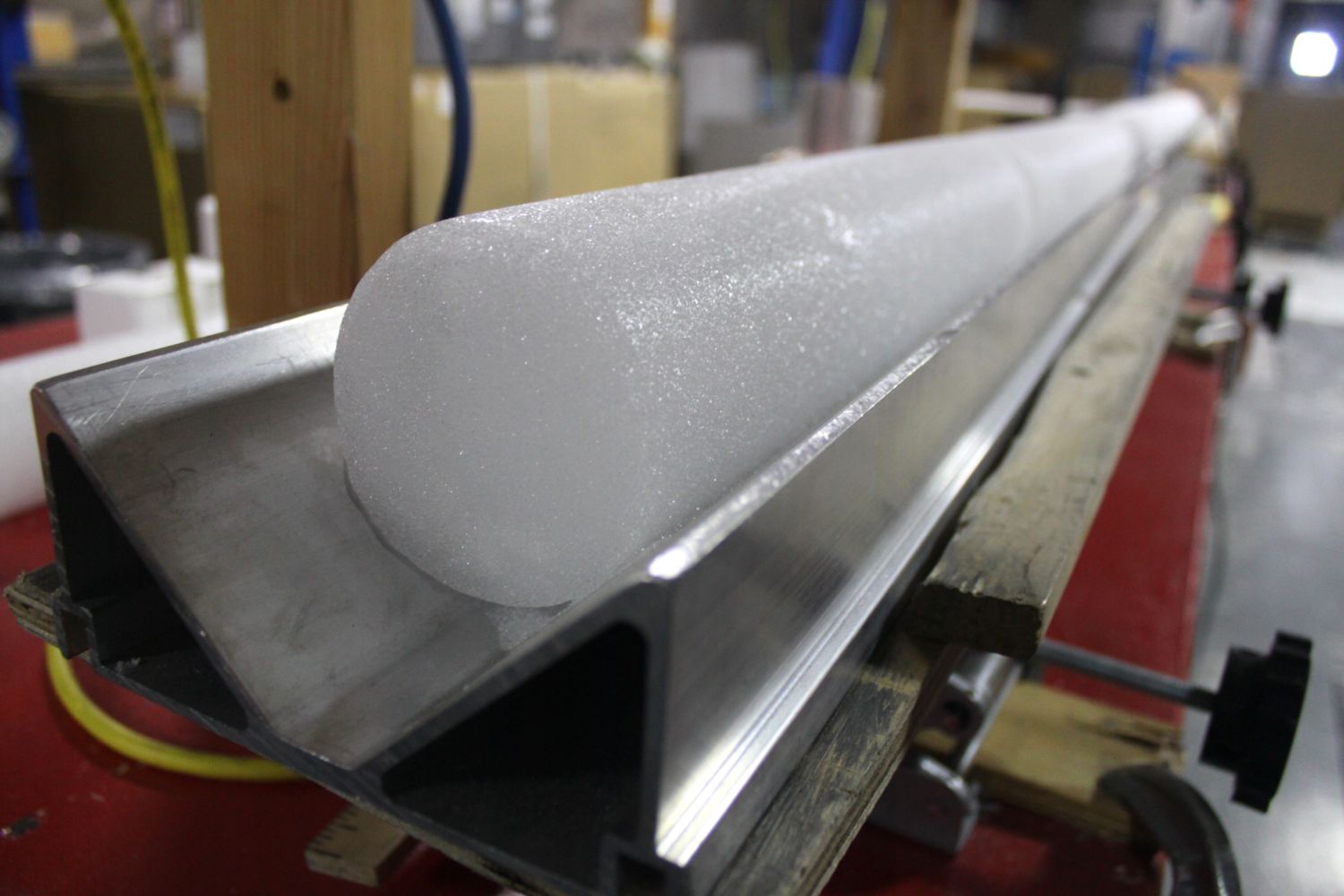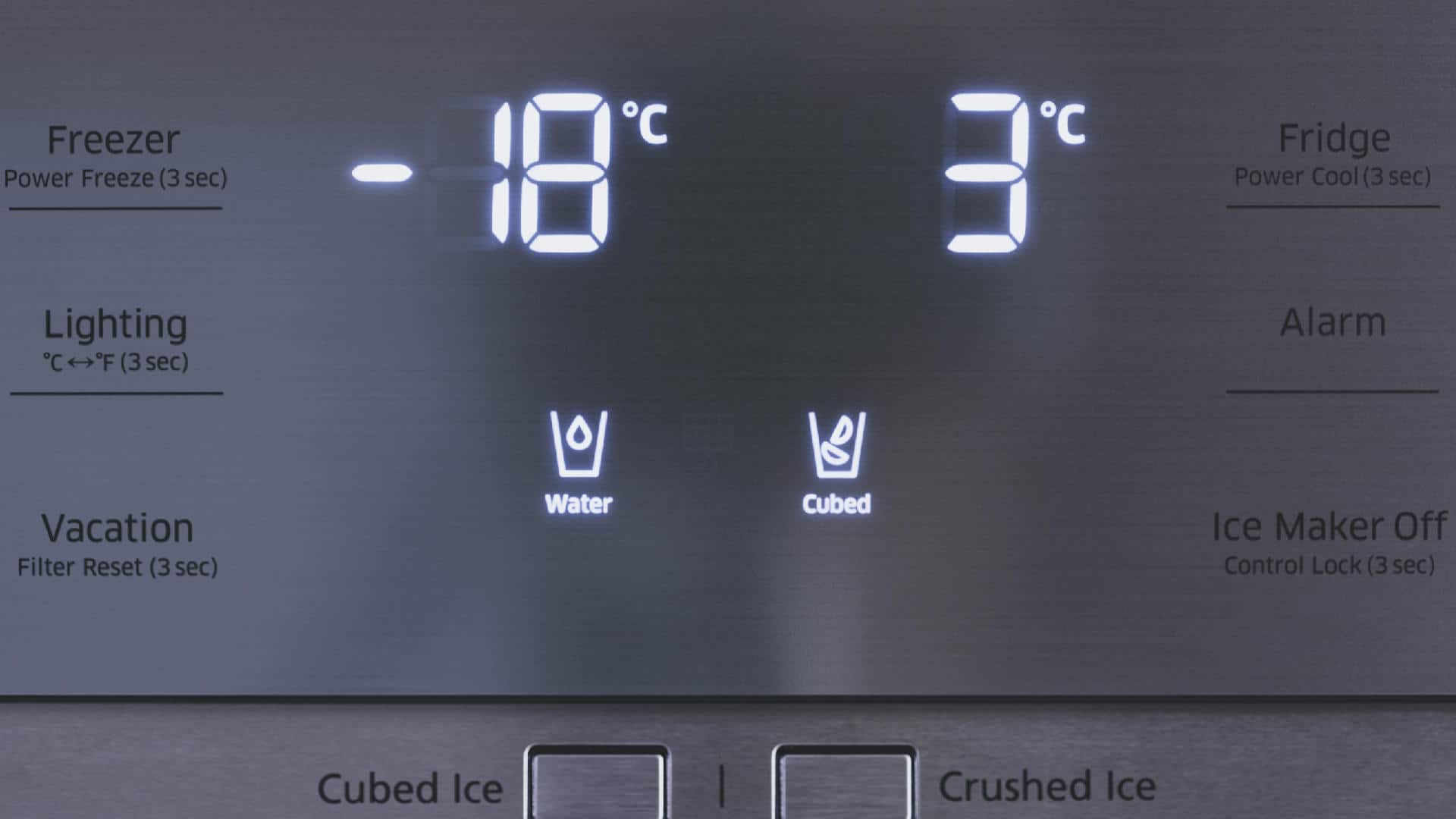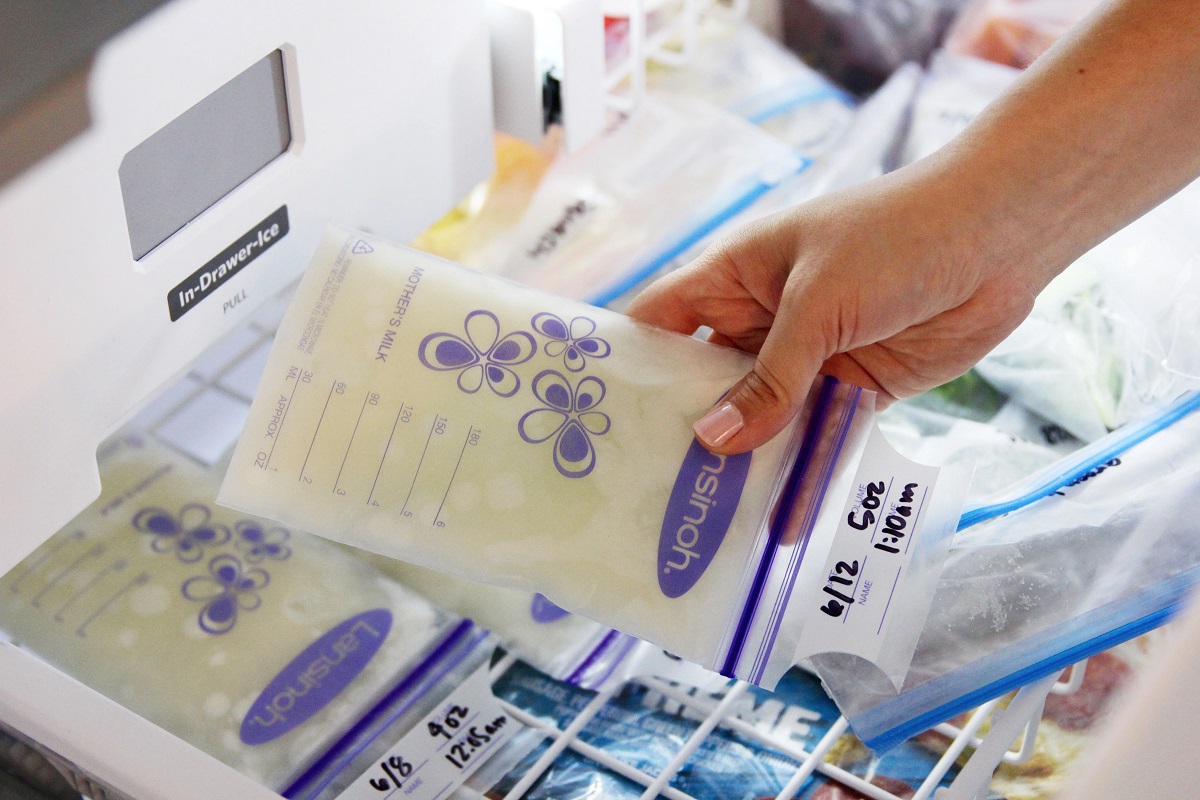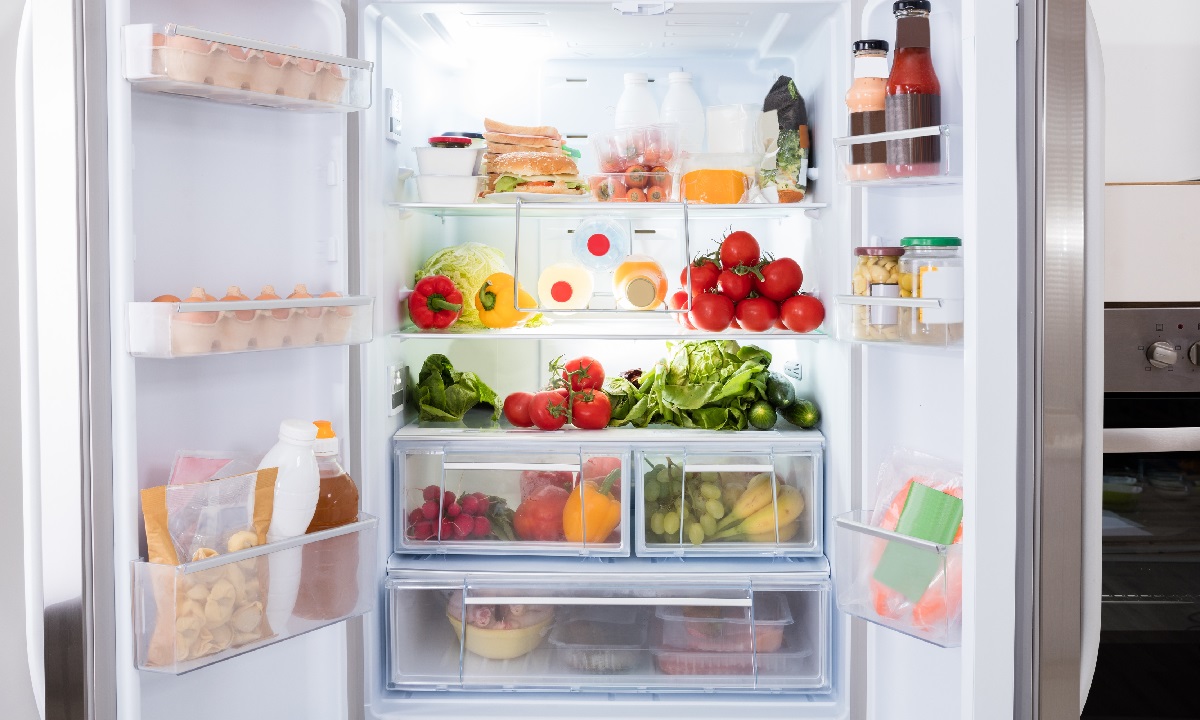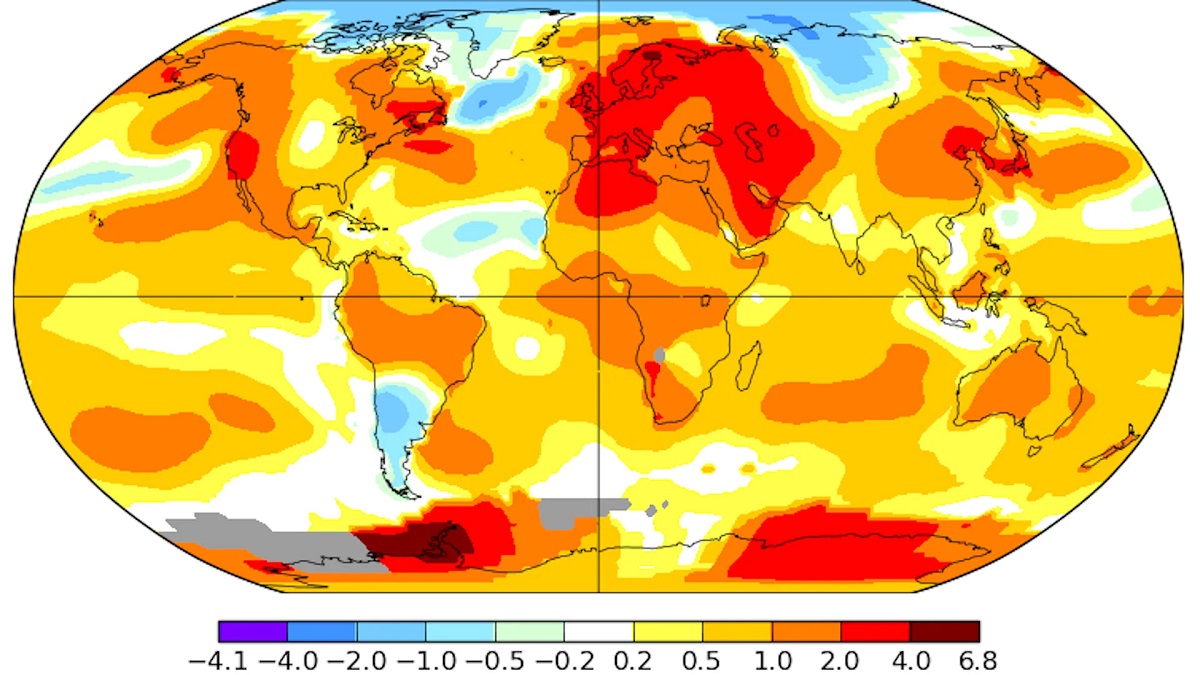Home>Health & Nutrition>Do Refrigerator And Freezer Temperatures Kill Viruses?
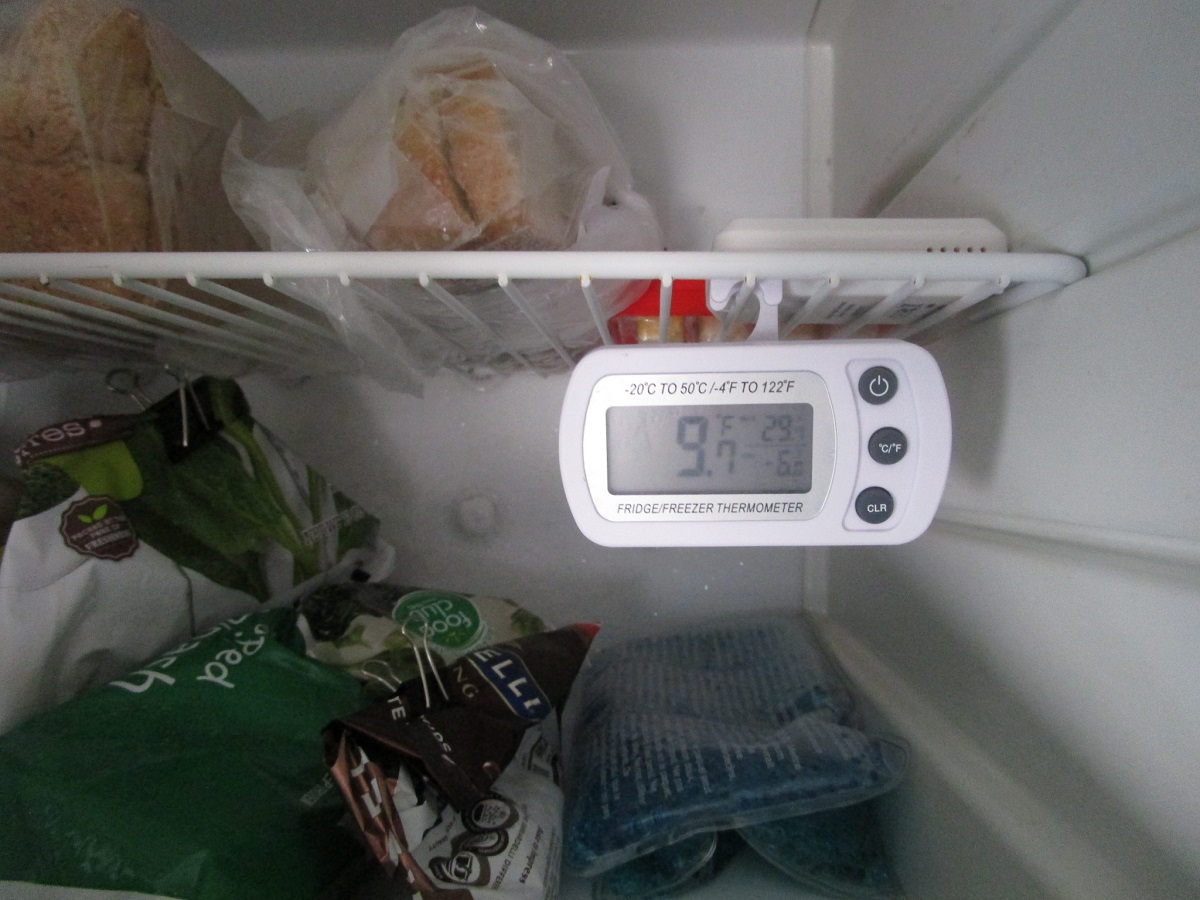

Health & Nutrition
Do Refrigerator And Freezer Temperatures Kill Viruses?
Published: February 19, 2024
Learn about the impact of refrigerator and freezer temperatures on virus survival. Discover how it relates to health and nutrition.
(Many of the links in this article redirect to a specific reviewed product. Your purchase of these products through affiliate links helps to generate commission for Temperatures.com, at no extra cost. Learn more)
Table of Contents
Introduction
The use of refrigerators and freezers to preserve and store food is a common practice in households and commercial settings. These appliances are designed to maintain specific temperatures to ensure the safety and quality of perishable items. However, beyond their role in food preservation, there is growing interest in understanding whether refrigerator and freezer temperatures have the potential to kill viruses.
In recent times, with the global focus on health and hygiene, individuals have become more conscious of the need to minimize the spread of viruses, including those that may contaminate food or food storage areas. This has led to inquiries about the effectiveness of cold temperatures in eliminating viruses within the confines of refrigerators and freezers.
As we delve into this topic, it's important to recognize the significance of temperature as a factor in controlling the growth and survival of microorganisms. While refrigeration and freezing are known to inhibit the proliferation of bacteria and other pathogens, the question of whether these conditions can actively kill viruses warrants closer examination.
In this article, we will explore the relationship between cold temperatures and their impact on viruses, shedding light on the potential of refrigerators and freezers to serve as tools for virus eradication. By understanding the underlying principles and factors at play, individuals can make informed decisions regarding the use of these appliances to enhance food safety and potentially mitigate the spread of certain viruses.
Through this exploration, we aim to provide valuable insights into the role of refrigeration and freezing in virus control, empowering readers with knowledge that can contribute to a safer and healthier living environment.
Read more: Optimal Freezer Temperature: How To Set And Maintain The Perfect Temperature For Your Freezer
Understanding Refrigerator and Freezer Temperatures
Refrigerators and freezers are essential appliances designed to maintain specific temperature ranges to ensure the preservation and safety of perishable items. Understanding the temperature settings and their impact is crucial in comprehending their potential role in virus control.
Refrigerators typically operate within a temperature range of 35 to 38 degrees Fahrenheit (1.6 to 3.3 degrees Celsius), while freezers maintain temperatures at 0 degrees Fahrenheit (-17.8 degrees Celsius) or lower. These temperature ranges are carefully calibrated to slow down the growth of bacteria and other microorganisms, thereby extending the shelf life of food products.
In refrigeration, the cool temperatures inhibit the metabolic activities of bacteria, reducing their ability to multiply and cause food spoilage. Freezing, on the other hand, halts the growth of microorganisms by creating an environment where water is unavailable in a liquid state, thereby preventing microbial activity.
Understanding the distinction between refrigeration and freezing temperatures is crucial in assessing their potential impact on viruses. While refrigeration slows down the activity of microorganisms, freezing can further inhibit their growth and potentially render them inactive.
It's important to note that the effectiveness of refrigeration and freezing in controlling viruses is influenced by various factors, including the type of virus, its resilience to cold temperatures, and the duration of exposure. Additionally, the design and efficiency of the refrigerator or freezer, as well as the placement and packaging of items within these appliances, can also impact their ability to affect viruses.
By grasping the nuances of refrigerator and freezer temperatures and their impact on microbial activity, individuals can gain a deeper understanding of the potential role of these appliances in virus control. This knowledge forms the foundation for exploring the specific effects of cold temperatures on viruses, which will be further elucidated in the subsequent sections of this article.
The Effect of Cold Temperatures on Viruses
Cold temperatures have been recognized for their ability to impede the growth and activity of microorganisms, including bacteria and fungi. However, when it comes to viruses, the impact of cold temperatures is a subject of scientific inquiry and ongoing research. Viruses, unlike bacteria, are not considered living organisms and therefore do not metabolize or replicate outside of a host cell. This unique characteristic poses intriguing questions about the potential effect of cold temperatures on the viability and infectivity of viruses.
Studies have shown that cold temperatures can indeed influence the stability and persistence of certain viruses. When exposed to freezing temperatures, some viruses experience a reduction in their ability to remain infectious. The low temperatures can disrupt the structure of the viral particles, affecting their integrity and functionality. This can potentially render the viruses inactive and unable to cause infection.
The specific impact of cold temperatures on viruses varies depending on the type of virus. Some viruses are more resilient and can withstand freezing temperatures for extended periods, retaining their infectivity. However, many viruses, including common foodborne viruses and respiratory viruses, are susceptible to the effects of cold temperatures.
In the context of refrigeration, the moderately cold temperatures can slow down the metabolic processes of viruses, limiting their ability to remain viable. While refrigeration may not actively kill viruses, it can contribute to reducing their infectivity over time. This is particularly relevant in the context of food safety, as refrigeration helps mitigate the risk of viral contamination in perishable food items.
It's important to note that the duration of exposure to cold temperatures plays a significant role in determining the impact on viruses. Prolonged exposure to freezing temperatures is more likely to compromise the stability of viruses compared to shorter periods of exposure. Additionally, fluctuations in temperature within refrigerators and freezers can also influence the overall effect on viruses, highlighting the importance of consistent temperature maintenance.
In summary, cold temperatures can exert a discernible influence on the stability and infectivity of viruses. While the specific impact varies among different types of viruses, the potential for cold temperatures to reduce viral infectivity underscores the relevance of refrigeration and freezing in virus control. Understanding these dynamics is essential in leveraging the capabilities of refrigerators and freezers to enhance food safety and potentially contribute to minimizing the spread of certain viruses.
Factors Affecting the Ability of Refrigerators and Freezers to Kill Viruses
The ability of refrigerators and freezers to effectively kill viruses is influenced by several key factors, each playing a crucial role in determining the efficacy of these appliances in virus control.
-
Temperature Consistency: The consistent maintenance of the designated temperatures within refrigerators and freezers is paramount in ensuring their ability to affect viruses. Fluctuations in temperature can compromise the intended impact, as certain viruses may exhibit resilience to brief periods of cold exposure. Therefore, the reliability of the temperature control mechanisms in these appliances is essential in optimizing their antiviral potential.
-
Viral Resilience: Different viruses display varying degrees of resilience to cold temperatures. While some viruses may be susceptible to the effects of refrigeration and freezing, others may exhibit greater stability and resistance. Understanding the specific characteristics of viruses, including their susceptibility to cold, is fundamental in gauging the potential of refrigerators and freezers to impact viral viability.
-
Duration of Exposure: The duration for which items are subjected to refrigeration or freezing conditions influences the extent to which viruses may be affected. Prolonged exposure to cold temperatures can enhance the likelihood of compromising viral stability, potentially reducing their infectivity. Conversely, shorter periods of exposure may have a more limited impact on certain viruses.
-
Appliance Efficiency: The design and efficiency of refrigerators and freezers play a significant role in their ability to affect viruses. Well-maintained appliances with optimal insulation and temperature control mechanisms are more likely to create an environment conducive to impacting viral viability. Conversely, appliances with compromised functionality may exhibit reduced antiviral efficacy.
-
Packaging and Placement: The packaging and placement of items within refrigerators and freezers can influence their exposure to cold temperatures. Proper packaging that facilitates uniform cooling or freezing of items can enhance the potential for affecting viruses. Additionally, the strategic placement of items within these appliances can contribute to consistent temperature distribution, optimizing their antiviral impact.
By considering these factors, individuals can gain insights into the nuanced dynamics that influence the ability of refrigerators and freezers to impact viruses. This understanding forms the basis for implementing best practices to maximize the antiviral potential of these appliances, contributing to enhanced food safety and potentially mitigating the spread of certain viruses.
Best Practices for Using Refrigerators and Freezers to Kill Viruses
-
Maintain Optimal Temperature Settings: Ensure that the refrigerator maintains a temperature range of 35 to 38 degrees Fahrenheit (1.6 to 3.3 degrees Celsius) and the freezer maintains a temperature of 0 degrees Fahrenheit (-17.8 degrees Celsius) or lower. Consistent temperature control is essential for creating an environment that can potentially impact the viability of viruses.
-
Regularly Monitor and Calibrate Temperatures: Use a reliable thermometer to monitor the internal temperatures of the refrigerator and freezer. Regular calibration and adjustment of temperature settings, if necessary, can help uphold the designated temperature ranges critical for inhibiting viral activity.
-
Proper Packaging of Items: Store perishable items in airtight, moisture-resistant packaging to minimize the risk of viral contamination. This not only contributes to food safety but also facilitates more effective exposure to cold temperatures, potentially impacting the stability of viruses.
-
Strategic Placement of Items: Arrange items within the refrigerator and freezer to ensure uniform cooling or freezing. Avoid overcrowding, which can impede proper airflow and temperature distribution. By optimizing the placement of items, you can enhance the likelihood of affecting viruses through consistent exposure to cold temperatures.
-
Regularly Clean and Defrost Appliances: Maintain cleanliness and hygiene within the refrigerator and freezer. Regularly clean and sanitize the interior surfaces to prevent the accumulation of contaminants. Additionally, ensure timely defrosting of the freezer to uphold its efficiency in creating and maintaining low temperatures.
-
Minimize Temperature Fluctuations: Be mindful of actions that may lead to temperature fluctuations, such as leaving the refrigerator or freezer doors open for extended periods. Minimizing temperature variations helps sustain the intended impact of cold temperatures on viruses.
-
Discard Expired or Contaminated Items Promptly: Regularly inspect and discard expired or contaminated food items to prevent the potential spread of viruses. Prompt disposal of such items contributes to maintaining a hygienic environment within the refrigerator and freezer.
-
Follow Recommended Storage Guidelines: Adhere to recommended storage guidelines for different food items, especially those susceptible to viral contamination. Proper storage practices contribute to minimizing the risk of viral proliferation within the refrigerator and freezer.
By incorporating these best practices, individuals can optimize the potential of refrigerators and freezers to impact viruses, thereby contributing to enhanced food safety and potentially mitigating the spread of certain viruses. These proactive measures align with the principles of maintaining a hygienic and controlled storage environment, leveraging the capabilities of refrigeration and freezing to promote a healthier living environment.
Conclusion
In conclusion, the potential of refrigerators and freezers to impact viruses through cold temperatures presents a compelling avenue for enhancing food safety and potentially contributing to the control of certain viruses. While these appliances may not actively "kill" viruses in the traditional sense, their ability to influence the stability and infectivity of viruses, particularly in the context of food storage, underscores their relevance in virus control efforts.
The understanding of how cold temperatures affect viruses, coupled with the factors influencing the antiviral potential of refrigerators and freezers, provides valuable insights for individuals seeking to leverage these appliances for enhanced hygiene and safety. The distinction between refrigeration and freezing temperatures, as well as the varying resilience of different viruses to cold exposure, highlights the nuanced dynamics at play in utilizing these appliances as tools for virus control.
By adhering to best practices such as maintaining optimal temperature settings, proper packaging and placement of items, and regular monitoring and maintenance of appliances, individuals can maximize the potential impact of refrigerators and freezers on viruses. These proactive measures align with the broader principles of maintaining a clean and hygienic storage environment, essential for promoting food safety and minimizing the risk of viral contamination.
It is important to recognize that while refrigerators and freezers can contribute to mitigating the spread of certain viruses, they are part of a comprehensive approach to hygiene and food safety. Other measures, including proper food handling, hand hygiene, and adherence to recommended storage guidelines, are integral components of a holistic strategy to minimize the risk of viral contamination.
In the context of ongoing global health concerns, the insights provided in this article serve to empower individuals with knowledge that can contribute to a healthier and safer living environment. By recognizing the potential of refrigerators and freezers to impact viruses and implementing best practices to optimize their antiviral potential, individuals can play a proactive role in promoting food safety and hygiene within their households and communities.
